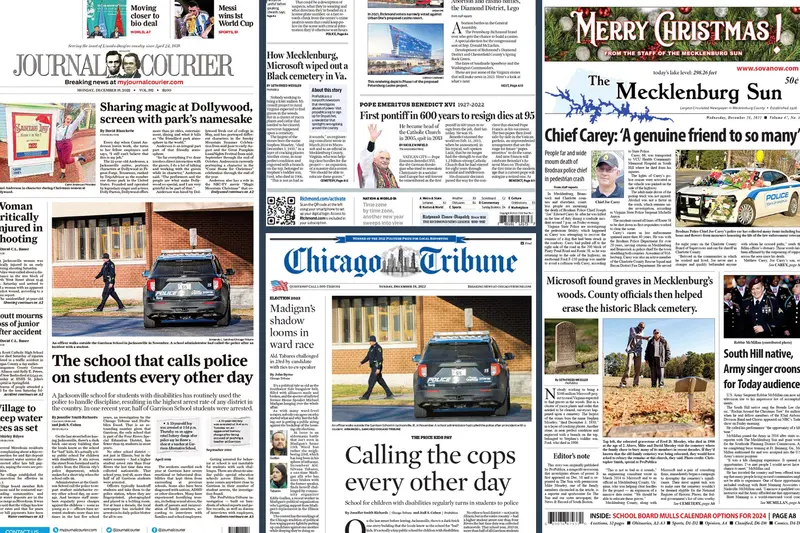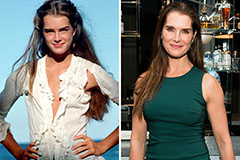What Does News Articles Do?
Table of ContentsThe Main Principles Of News Articles News Articles Fundamentals ExplainedOur News Articles Diaries6 Simple Techniques For News ArticlesThe Main Principles Of News Articles
Great expertise of different topics provides pupils an one-upmanship over their peers. Also though electronic and social networks are readily obtainable, we ought to not neglect how vital it is to read the papers. Moms and dads should attempt and inculcate the routine of reading a newspaper as a day-to-day routine to continue the heritage of the revered print medium.Newspaper article likewise consist of at least one of the adhering to important attributes loved one to the desired audience: closeness, prestige, timeliness, human interest, strangeness, or consequence. The associated term journalese is occasionally used, normally pejoratively, to describe news-style writing. An additional is headlinese. Newspapers typically comply with an expository writing style.
Within these limitations, news stories also intend to be thorough. Amongst the larger and much more revered papers, fairness and balance is a significant variable in providing information.
Newspapers with a global target market, as an example, tend to make use of a much more formal design of composing. The particular choices made by an information outlet's editor or editorial board are usually gathered in a style overview; typical design guides consist of the and the United States News Design Book. The major goals of information writing can be summarized by the ABCs of journalism: accuracy, brevity, and quality.
The Best Guide To News Articles
As a regulation, journalists will not make use of a long word when a short one will do. News authors attempt to avoid using the exact same word extra than as soon as in a paragraph (often called an "resemble" or "word mirror").
Headlines occasionally omit the subject (e.g., "Leaps From Boat, Catches in Wheel") or verb (e.g., "Cat woman lucky"). A subhead (likewise subhed, sub-headline, subheading, subtitle, deck or dek) can be either a subservient title under the primary headline, or the heading of a subsection of the short article. It is a heading that precedes the major text, or a team of paragraphs of the main text.
of a write-up subject, informant, or interviewee), it is referred to as a drawn quotation or draw quote. Extra signboards of any of these kinds might appear later on in the article (particularly on succeeding pages) to attract additional analysis. Journalistic sites often make use of computer animation techniques to exchange one billboard for one more (e.g.
News Articles Can Be Fun For Everyone
Such signboards are likewise used as pointers to the short article in various other areas of the publication or site, or as ads for the piece in other magazine or sites. Press launch of the Swiss government. Regular framework with title, lead paragraph (summary in bold), other paragraphs (details) and get in touch with information.

Example of a hard-lead paragraph NASA is proposing an additional area job. The budget demands around $10 billion for the project.
An "off-lead" is the 2nd most important front web page news of the day. To "hide the lead" is to begin the post with history details or details of additional relevance to the readers, forcing them to read more deeply right into a post than they ought to have to in order to discover the important points.
The 7-Second Trick For News Articles
Typical usage is that or two sentences each form their very own paragraph. Reporters typically explain the company or structure of a newspaper article as an inverted pyramid. The important and most intriguing elements of a story are placed at the start, with sustaining details following in order of diminishing significance.
It enables people to explore a subject to just the deepness that their curiosity takes them, and without the charge of information or subtleties that they could consider unimportant, yet site still making that details readily available to more interested viewers. The inverted pyramid framework also makes it possible for articles to be trimmed to any approximate length during design, to suit the area offered.
Some writers begin their tales with the "1-2-3 lead", yet there are lots of kinds of lead available. A twist can refer to numerous things: The last tale in the information broadcast; a "satisfied" tale to end the program.
Longer posts, such as magazine cover articles and the items that lead the inside areas of a newspaper, are known as. top article Attribute stories vary from straight news in numerous methods. Foremost is the absence of a straight-news lead, a lot of the time. Rather than using the essence of a tale up front, attribute writers might attempt to tempt visitors in.
Facts About News Articles Uncovered
The journalist often details communications with meeting topics, making the piece much more individual. An attribute's first paragraphs typically connect an interesting moment or occasion, as in an "unscientific lead". From the details of an individual or episode, its sight quickly broadens to abstract principles concerning the tale's topic. The section that signals what a feature has to do with is called the or billboard.
The Editor's Toolbox: A Reference Guide for Beginners and Professionals (2001) Allan M. Siegal and William G. Connolly. The New York Times Manual of Design and Usage: The Official Design top article Guide Used by the Writers and Editors of the Globe's The majority of Authoritative Paper (2002) M. L. Stein, Susan Paterno, and R.
 Jake Lloyd Then & Now!
Jake Lloyd Then & Now! Destiny’s Child Then & Now!
Destiny’s Child Then & Now! James Van Der Beek Then & Now!
James Van Der Beek Then & Now! Lisa Whelchel Then & Now!
Lisa Whelchel Then & Now! Brooke Shields Then & Now!
Brooke Shields Then & Now!